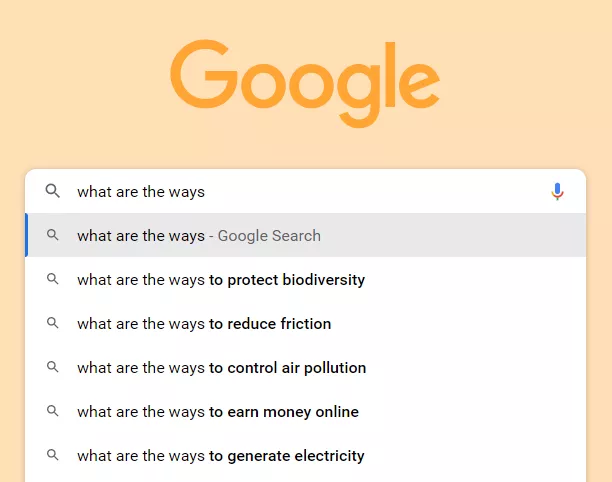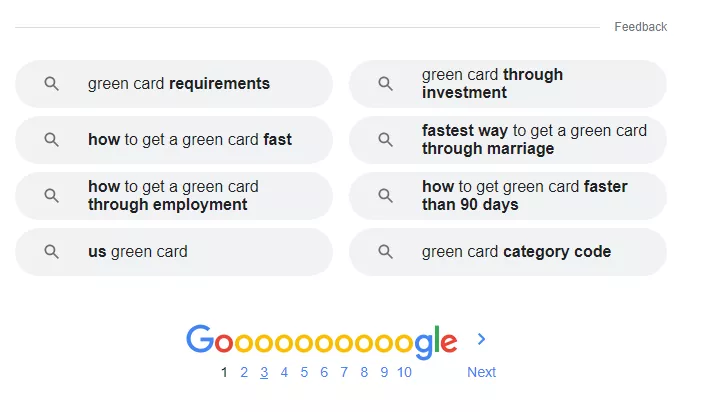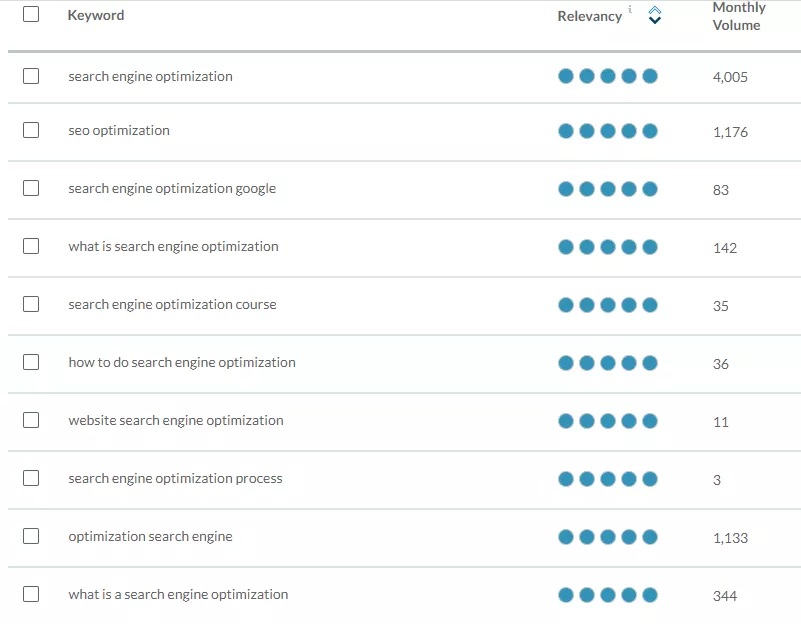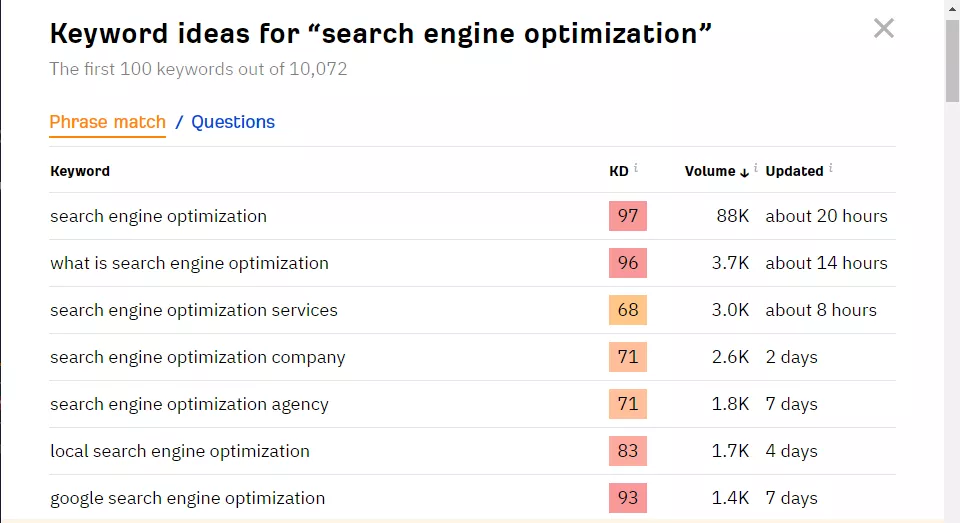What are Secondary Keywords?
Secondary keywords are additional words or phrases that provide more context and details related to the primary keyword or main topic of some content.
While not the central focus, secondary keywords support and expand on the main subject matter.
They create more comprehensive, informative content by covering related subtopics and concepts within the broader main topic.
Also, they help improve search engine optimization (SEO) by making the content discoverable for a wider range of relevant search queries beyond just the primary keyword.
For example, if the primary keyword is "dog training", some good secondary keywords could include "puppy obedience", "positive reinforcement training", "leash training", "crate training", "housebreaking dogs", etc.
Why are secondary keywords important?
Secondary keywords are important because they provide more information about the main topic and help people find the content when searching online.
The main keyword tells what the content is mostly about. Secondary keywords give extra details and examples related to that main topic.
This makes the content more complete and helpful for readers. Search engines look for all the important words, not just the main keyword.
Having good secondary keywords signals the content is highly relevant for certain searches beyond the main topic.
Primary vs secondary keywords?
Primary keywords are the main words or phrases that describe what your content is mostly about. These are the most important keywords you want your content to rank for in search engines.
Secondary keywords are related words or phrases that provide more details about your main topic. They support and give extra context to your primary keywords.
So if your primary keyword is "healthy recipes", some secondary keywords could be things like "vegetarian meals", "low-calorie foods", "quick dinner ideas" etc. These secondary terms are all related to your main healthy recipes topic.
The primary keywords tell searchers the core focus, while the secondary keywords cover some of the sub-topics and specifics around that main subject matter.
Using a good mix of both types of keywords can help your content show up better in relevant searches.
Using secondary keywords with primary keywords
Using secondary keywords can help to support the primary keyword, making the content more relevant.
It's important to use both primary and secondary keywords throughout your content, but you can also overlap them to create even stronger relevance signals for search engines.
For example, if your primary keyword is "healthy recipes," you could use secondary keywords like "low-fat," "vegetarian," or "easy to make" to add more depth and specificity to your content.
When using secondary keywords with primary keywords, it is important to ensure that they are relevant and add value to the content.
Including too many irrelevant secondary keywords or "keyword stuffing" can actually harm the quality and credibility of the content, and can also negatively impact search engine optimization.
How are secondary keywords good for SEO?
Secondary keywords help with search engine optimization (SEO) because they show search engines that the content is very relevant to a certain topic.
When crawling and indexing, search engines look at all the important words on a page, not just the main keyword.
When a search engine scans the content, seeing lots of good secondary keywords related to the main topic signals that the page has valuable, detailed information on that subject.
This relevance helps the content rank higher in search results for that topic.
In addition, secondary keywords allow the content to show up for longer, more specific searches related to the main topic.
While the main keyword may be very competitive, the secondary terms can capture traffic from less common but still relevant long-tail keywords that have less competition.
So in simple terms, strategically using secondary keywords increases relevance signals for that core topic and expands the potential searches for which that content can be displayed.
Both of these factors can improve the page's overall SEO performance.
How to find secondary keywords?
There are several ways to find secondary keywords to use in your content:
Determine primary keywords
To find secondary keywords, first decide on your primary keywords. These are the most important words or phrases directly related to your product or service.
Consider your customers' needs
Next, think about what your customers might want to know or what questions they might have about your product or service.
The words and phrases related to addressing those needs and answering those questions can become secondary keywords for your content.
Google Autocomplete
Google has a helpful feature where it tries to guess what you are searching for as you start typing in the search box.
This feature, named Google Autocomplete, does this by looking at what other people commonly search for.
The suggestions that show up from Google can give you ideas for additional keywords related to your main topic. These are potential secondary keywords you can consider using in your content.

Related searches
After you do a search on Google and get the results, look at the very bottom of the page. There you'll see a section called "Related Searches."
The phrases listed under Related Searches are other common searches that are similar to what you originally searched for.
These related search phrases can give you good ideas for additional, secondary keywords to include in your content about that main topic.

Competitor analysis
Look at what other businesses selling similar products or services are writing about. The words and phrases they use on their websites, in blog posts, and in meta descriptions and title tags of their offerings can give you clues for good secondary keywords to include.
Brainstorming
Think about your main keyword or topic. Then make a list of any other words or short phrases that are connected to that main idea.
You can then use these brainstormed words and phrases as secondary keywords throughout your content.
Map your keywords
After you've listed out your main keyword and all the secondary keywords you want to use, make a plan for where exactly you will use each of those words and phrases in your content.
Decide which keywords should go in the title, headings, body paragraphs, image descriptions, etc.
Tools to find secondary keywords
Google Keyword Planner
Google's Keyword Planner is a free tool that can help you find secondary keywords that are relevant to your primary keyword.
Simply enter your primary keyword into the tool, and it will provide you with a list of related keywords and their search volume.

Moz Keyword Explorer
This paid tool offers in-depth keyword research with metrics such as difficulty, opportunity, and potential.
Users can also find related keywords, see how their site ranks for specific keywords, and track their keyword performance over time.

Ahrefs Keywords Explorer
It is a paid tool that provides data on search volume, keyword difficulty, and traffic potential for specific keywords.
Users can also find related keywords, see which pages rank for specific keywords, and analyze their competitors' keyword strategies.

Best practices to use secondary keywords in the content
Using secondary keywords in your content can help improve its relevance and search engine optimization.
Here are some best practices for using secondary keywords in your content:
Use them naturally
When adding your secondary keyword phrases to your writing, make sure to work them in smoothly as part of regular sentences. Don't just list the keywords over and over.
The keywords should fit naturally within the flow of your paragraphs and not stick out awkwardly.
Search engines can spot when keywords are crammed in unnaturally and may penalize that kind of "keyword stuffing".
Use them strategically
When writing your content, make sure to intentionally use your secondary keyword phrases in important places like:
The title
Headings and subheadings
Brief descriptions/summaries
This strategic placement helps the search engines better understand the full scope of your content.
Use keyword variations
Use your main secondary keyword, but also strategically sprinkle in synonyms, related phrases, and descriptive variations throughout. This keeps things interesting for readers and maximizes your relevance for search.
Focus on quality content
While including relevant keywords is important, it shouldn't be the only thing you concentrate on. The overall quality and value of your content for the reader matter most.
Use your keywords to support getting your main message across effectively. But don't let just stuffing in keywords distract you from creating high-quality, audience-focused content.
Add internal links
Adding internal links between pages targeting your primary keywords and pages targeting related secondary keywords is a great way to connect those topics.
By linking from pages about your primary keywords to pages covering secondary, related keywords, and also linking back from those secondary keyword pages to the primary keyword pages, you create a more complete experience for readers.
They can easily move between the main, broad topics and the more specific, detailed subtopics. Search engines also see these internal links as signals that the pages are relevant to each other.
Conclusion
Using secondary keywords is an important part of search engine optimization (SEO). Secondary keywords can help you get better results for your website.
When you add secondary keywords to your content, it makes the content more relevant for search engines. This allows you to reach a bigger audience that is specifically interested in your topics.
Using secondary keywords along with your main keywords can ultimately lead to more people finding and visiting your website.


